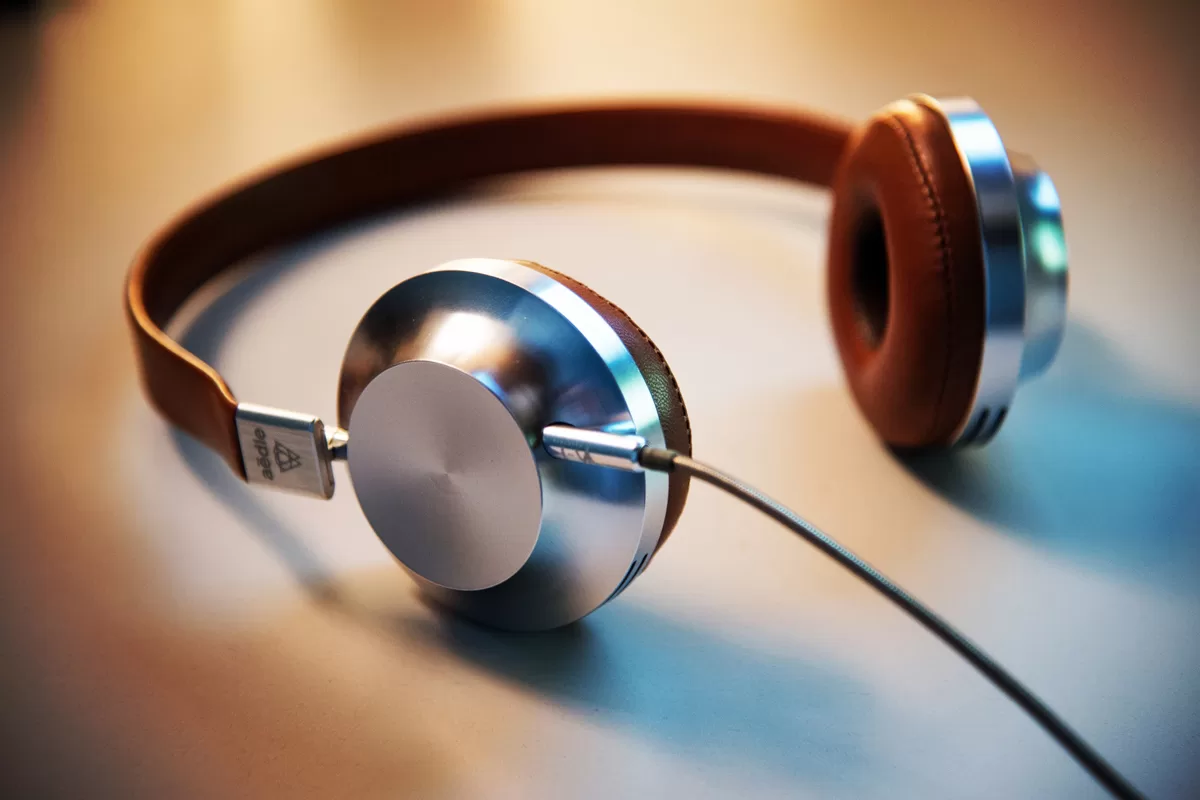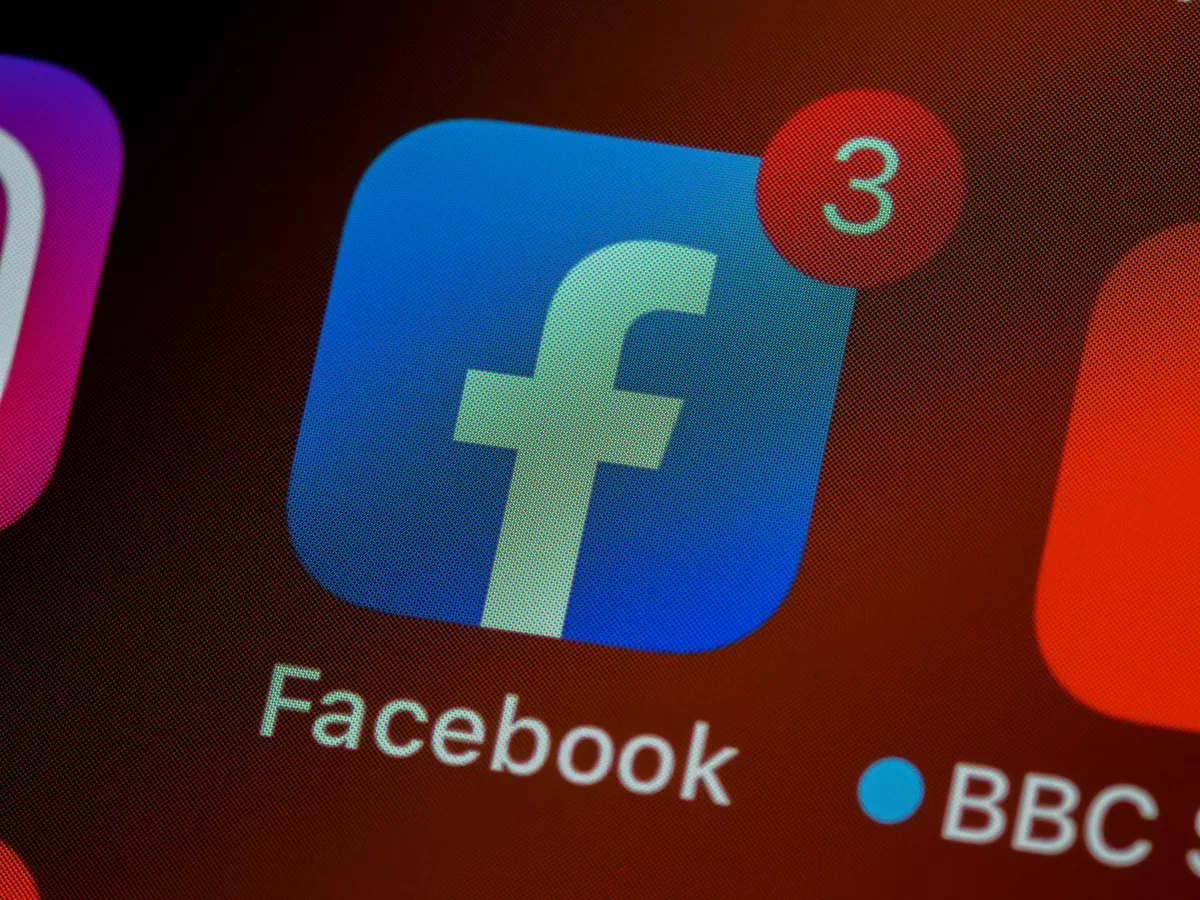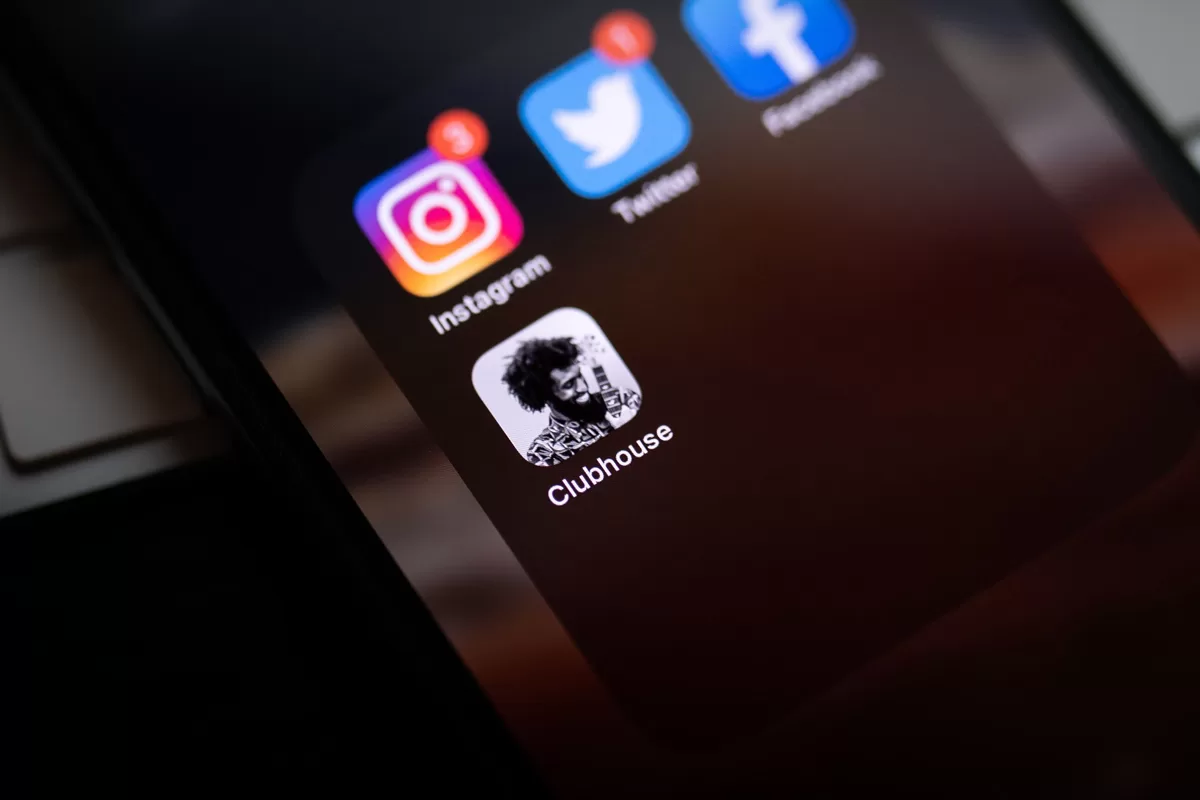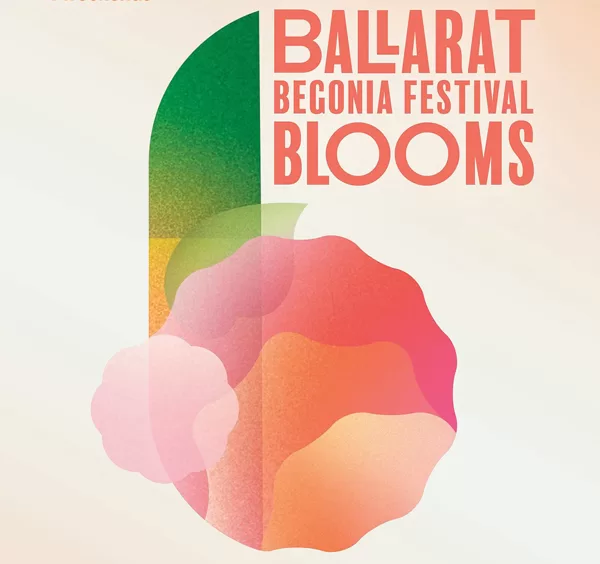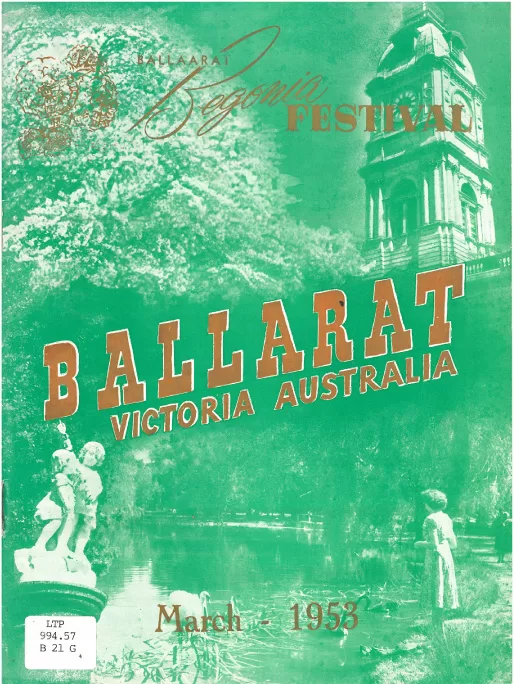The onset of the pandemic in 2020 resulted in an abrupt change to people’s daily lives and commutes.
This resulted in traditional radio taking a hit, however digital audio and streaming quickly filled the gap to see audio content consumption rise by 4% on 2019.
In the past, preference was often given to visual mediums, however things have further changed with the introduction of voice search, interactive voice ads, branded content and podcasts. In fact, Australia has among the highest rates of podcast listening in the world.
Add in real-time analytics and dynamic advertising to personalise creative and you begin to make audio much more accountable, and from a brand perspective, a very powerful marketing tool.
In the realm of audio, digital transformation is being led by personalisation and curated content. But, like any creative, knowing your audience remains key. Understanding how the ad, or content will not only deliver value for the brand, but the consumer is essential.
For example, sponsoring a podcast, or running an ad in a podcast will increase brand awareness, but if you create a branded content podcast, tailored to a specific audience, you will have undivided attention for the entire duration of the podcast.
The return of audiences and new technology provides new opportunities for the audio industry, and the challenges posed by COVID has driven more confidence in the digital options available – so how will you take advantage of audio?

